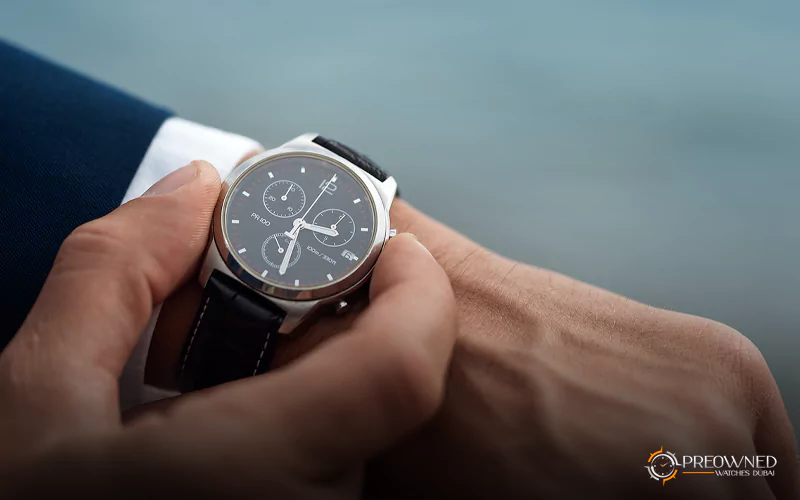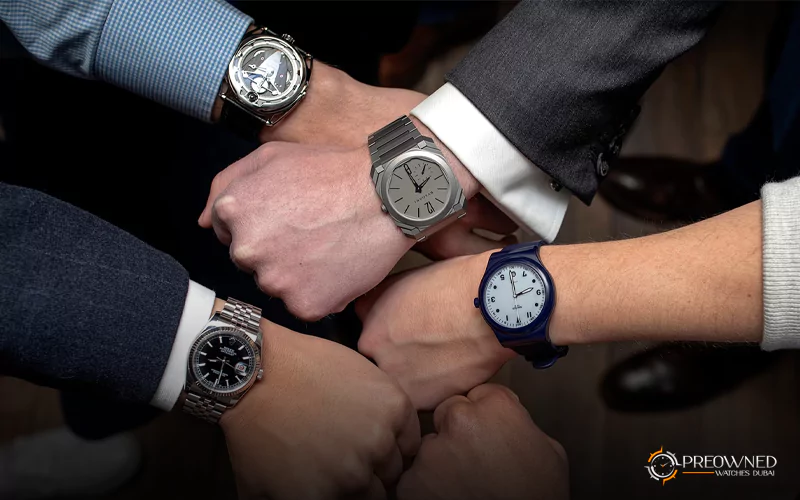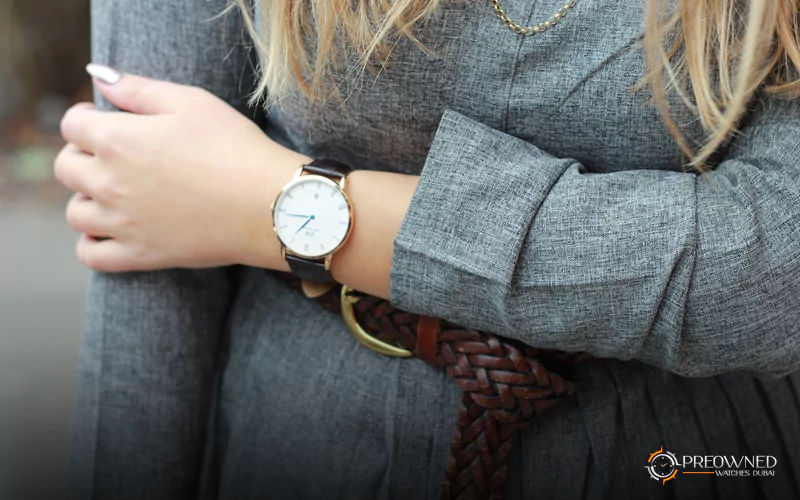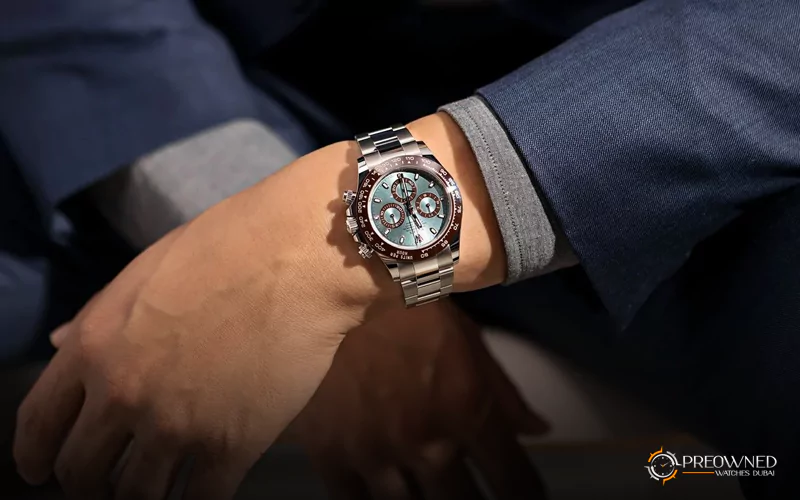When it comes to wearing a wristwatch, one question that often arises is, “Which wrist should I wear it on?” The decision may seem trivial, but it carries personal and cultural implications. While some adhere to traditional norms, others prioritize comfort or convenience. Having said that, be it your right wrist or left, your watch is sure to look amazing on both!
Everything You Need to Know About Wearing a Watch
The age-old debate of watch placement is one that has still not seen a conclusion. In this article, we will explore the various factors to consider when deciding what wrist to wear your watch.
- Tradition and Cultural Factors
- Personal Preference and Comfort
- Fashion and Style Considerations
- Practical Considerations
Tradition and Cultural Factors
The choice of the wrist to wear a watch has cultural significance in various parts of the world. In Western countries, it is customary for right-handed individuals to wear their watches on the left wrist and vice versa for left-handed individuals. This tradition is rooted in practicality, as it allows the dominant hand to have easy access to adjust the time or operate the watch’s functions. In contrast, some cultures have different customs.
Wondering what wrist does a man wear a watch? In certain Middle Eastern and South Asian countries, for example, it is common for men to wear their watches on the right wrist, irrespective of their dominant hand. This practice reflects cultural norms and traditions unique to those regions. Your decision of what wrist to wear your watch might depend on where you are from and your cultural inclinations.
Personal Preference and Comfort
While tradition plays a role, personal preference and comfort should also be considered. Ultimately, the choice of the wrist should be based on what feels most natural and comfortable for the wearer. Some individuals find it more convenient to wear their watch on their non-dominant wrist to minimize interference with daily tasks. Others prefer wearing it on their dominant wrist for easier access and control.
Moreover, considering wrist size and shape can contribute to comfort. Individuals with larger or more muscular wrists may find it more comfortable to wear a watch on their non-dominant wrists to avoid constriction. Conversely, those with smaller wrists might prefer to wear the watch on their dominant wrist for a more secure fit.
If you’re not used to wearing watches, you can always try wearing them on either wrist on different occasions to see what suits you best. You will easily be able to understand what is comfortable for you.
Fashion and Style Considerations
Wearing a watch is not solely about functionality but also about making a fashion statement. The choice of the wrist can affect the overall aesthetic and balance of an outfit. Many people prefer to wear their watch on the wrist that is more visible to others, allowing it to serve as a fashion accessory and conversation starter. For right-handed individuals, this often means wearing the watch on the left wrist.
“Everyone looks at your watch, and it represents who you are, your values and your personal style. – Kobe Bryant”
Additionally, wearing a watch on the wrist opposite to the hand with which one wears other accessories, such as bracelets or rings, can create a more balanced and coordinated look. It allows the accessories to be spread evenly across both wrists, enhancing the overall visual appeal.
Whether you’ve bought pre-owned watches in Dubai or got them from a boutique store in London, your watch will make a style statement when worn on the wrist you find most comfortable.
Practical Considerations
Practicality is another aspect to consider when deciding which wrist to wear your watch on. For example, if you frequently interact with devices that are worn on the wrist, such as fitness trackers or smartwatches, you may want to consider wearing your watch on the opposite wrist to avoid potential interference or discomfort.
Furthermore, if you engage in activities or sports that involve your wrists, such as golf or tennis, it may be more practical to wear your watch on the wrist that is less likely to be impacted or hindered by these movements.
You might prefer wearing your fitness watch on one hand, and your dress watch on the other. There are no fixed rules when it comes to wearing watches, you can choose what wrist to wear a watch depending on what seems practical to you.
Left or Right, Your Watch Looks Stunning
Deciding which wrist to wear your watch on is a personal choice that involves a combination of all the factors mentioned. Whether you choose to adhere to cultural norms, prioritize comfort, follow fashion trends, or consider practical factors, the key is to find a balance that suits your individual preferences and needs. After taking into consideration the different factors, you should be able to make a decision on which wrist you would like to wear your watch. Ultimately, wearing a watch should be an enjoyable experience that reflects your style and enhances your everyday life.













